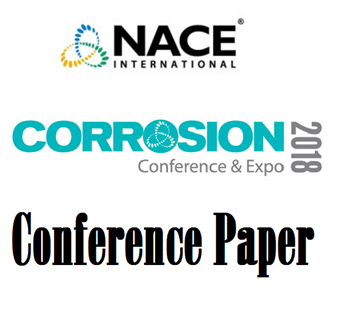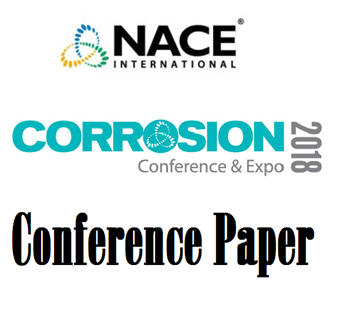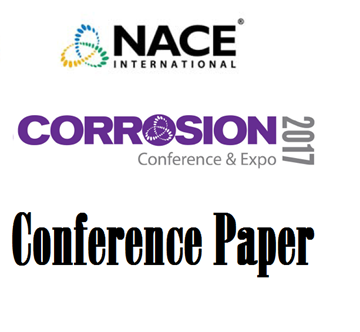Search
Products tagged with 'eis'
View as
Sort by
Display
per page
51318-11279-Electrochemical Methods to Quantify Alloy Waste Form Degradation
Product Number:
51318-11279-SG
Publication Date:
2018
$20.00
51318-11533-Blistering Mechanism of High Tg Temperature FBE Coatings
Product Number:
51318-11533-SG
Publication Date:
2018
$20.00
51318-11663-Use of electro chemical method to determine biocide efficiencies of peracid solutions
Product Number:
51318-11663-SG
Publication Date:
2018
$20.00
Assessing the Influence of Coating Thickness on its Mechanically Induced Loss of Integrity
Product Number:
51317--9294-SG
ISBN:
9294 2017 CP
Publication Date:
2017
$20.00
Characterizing the Evolution of Iron Carbonate in a Demanding CO2 Environment Using a Combined Electrochemical Impedance Spectroscopy and Linear Polarization Resistance Approach
Product Number:
51323-19278-SG
Publication Date:
2023
$20.00
Comparative Evaluation of Four Viscoelastic Materials for Coating Patch Repairs
Product Number:
51321-16444-SG
Publication Date:
2021
$20.00
Corrosion behavior assessment and comparison of UNS S31603 stainless steel, nickel-titanium shape memory alloy, and Al2Cr5Cu5Fe53Ni35 high-entropy alloy in biomedical environments
Product Number:
51323-19413-SG
Publication Date:
2023
$20.00
Corrosion of Additively Manufactured Stainless Steel 304L in Chloride Solution
Product Number:
51324-21159-SG
Publication Date:
2024
$40.00
Development of a Water Ballast Tank Coating Monitoring System
Product Number:
51323-19320-SG
Publication Date:
2023
$20.00
Effects of Environmental Exposure on Mechanical and Barrier Properties of an Aircraft Coating System
Product Number:
51324-21200-SG
Publication Date:
2024
$40.00
Equivalent Circuit Model Fitting in Electrochemical Impedance Spectroscopy (EIS) for Protective Coating Evaluations
Product Number:
51321-16267-SG
Publication Date:
2021
$20.00
Evaluating The Effects of Powder Processing Conditions with Accelerated Corrosion Testing
Product Number:
51323-19190-SG
Publication Date:
2023
$20.00












